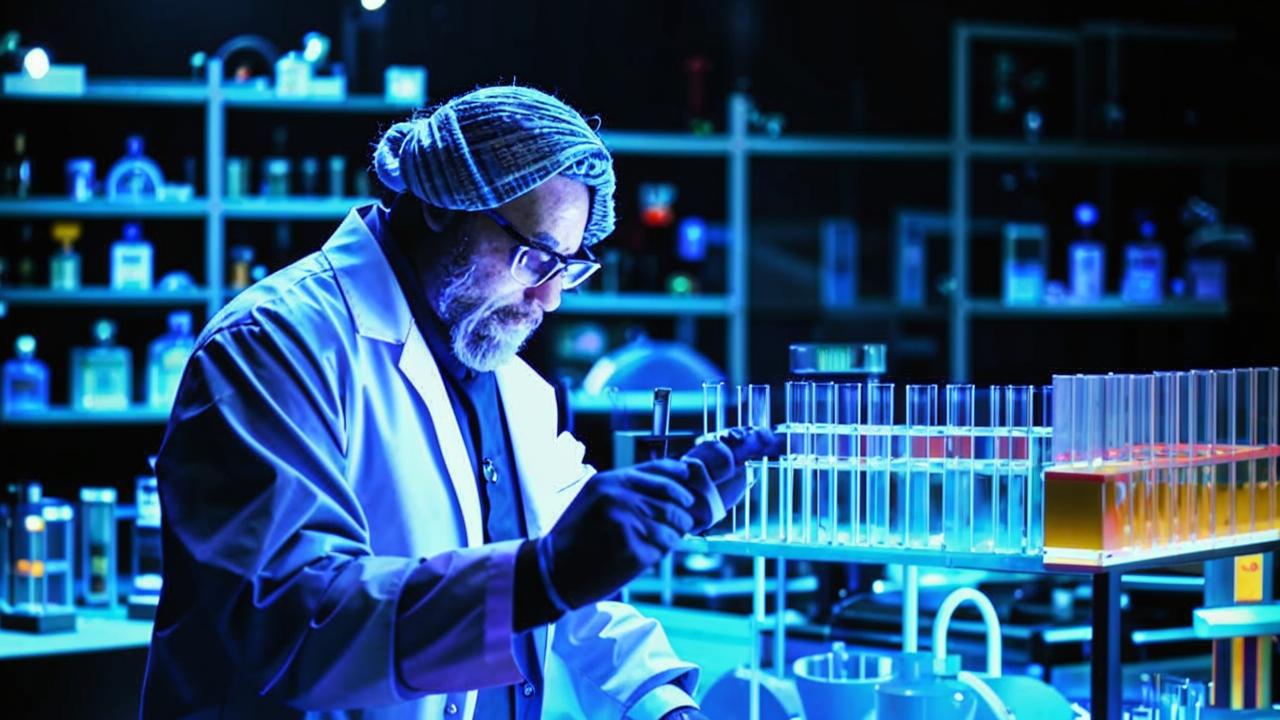You can find a huge number of diets and diet plans on the Web. More fiber, five servings of fruits and vegetables a day, kefir for dinner, and forget about butter. Familiar, but not very effective? The whole point is that we are completely different, so what suits one person may not be acceptable for another.
Genes know everything about you
Genes are 70% of what defines who any person is. At the same time, 99.9% of our DNA is the same, and only 0.1% is responsible for all the differences that make each of us unique: hair color, eye color, predisposition to disease, physical potential, and appearance. Knowing this information, you can adjust your lifestyle to be in harmony with your own body.
Genes never change, so genetic analysis is a guide for every day.
Historical Background
In 2003, Nobel Prize winner James Watson completed a complete deciphering of the structure of human DNA. His research revealed about 20 thousand genes that are responsible for predisposition to diseases, peculiarities of nutritional, mental and physical behavior, i.e. determine individual characteristics.
We, together with the laboratory of the Institute of Chemical Biology and Fundamental Medicine of the Siberian Branch of the Russian Academy of Sciences and our colleagues from MyGenetics e GrinDin, have chosen to analyze 20 thousand genes and decided to focus your attention on those genes that carry the most important information about the peculiarities of our organism.
Genetic predisposition is not a diagnosis. What does a DNA report contain?
A DNA test does not determine your current state of health, it tells you about genetic predispositions to certain physiological conditions, helps you calculate your risks, and indicates a number of characteristics associated with diet and exercise.
According to studies by the World Health Organization (WHO), it is found that genes determine 40% of a person’s health, 50% depends on a person’s lifestyle (bad habits, diet, sports), depends on the environment, and only 10% depends on health care.
How does it work? Order a DNA test kit. Following the instructions, collect saliva and send a sealed envelope with a courier. Your DNA will be analyzed in the laboratory of the Institute of Chemical Biology and Fundamental Medicine of the Siberian Branch of the Russian Academy of Sciences. It will take 3-4 weeks. You will find a detailed DNA report in your personal account or receive it by mail. It includes interpretation of the results and professional recommendations.
But let’s find out what you can learn from the DNA report and what the deviation of genes from the norm will tell you.
FABP2 gene – fat digestibility
This gene encodes a protein that binds fatty acids in the intestine and promotes their active transport and digestion. It is highly adaptive to saturated fats and ensures capture and transport into the lymphatic system.
What is the danger of the mutation: mutation in the gene leads to increased absorption of saturated fatty acids in the intestine and weight gain.
ADRB2 and TCF7L2 gene – breakdown of sugars
- ADRB2 encodes a protein that interacts with adrenaline and regulates the rate at which sugars are broken down in the muscle and liver. What is the danger of mutation: mutations in this gene lead to a decrease in the rate of consumption of carbohydrate stores in liver cells and their conversion into fat.
- The TCF7L2 gene encodes a protein that is involved in the regulation of insulin secretion in the pancreas. What is the danger of the mutation: a mutation in this gene contributes to the development of insulin resistance and type 2 diabetes.
The results obtained on the basis of the DNA study can determine the possibility of overweight, lactose intolerance, alcohol dependence, intestinal disorders, salt-sensitive hypertension, disorders of water-salt exchange between the external and internal environments of the body.
GLUT2 gene – sensitivity to sweetness
This gene encodes a protein that transports glucose across the cell membrane. What is the danger of mutation: in this gene, mutation leads to decreased sensitivity to sugar and increased sugar intake.
LCT gene – lactose perception
The LCT gene encodes the protein lactase, which is produced in the small intestine and is involved in the breakdown of milk sugar. The original form of this gene is associated with a decrease in the activity of lactase synthesis with age. The common variant is associated with lactose intolerance. The presence of one polymorphism in the gene is favorable and leads to the acquisition of the ability to digest milk in adulthood.
CD36 gene – fat recognition
Encodes a protein that is involved in recognizing fats in food and digesting them in the intestine. Mutations in this gene lead to impaired fatty acid perception and increased fatty acid intake.

CYP1A2 gene – caffeine metabolism
The CYP1A2 gene encodes a protein that plays an important role in the detoxification of numerous compounds, including those involved in the metabolism of caffeine, and the more caffeine circulating in the blood, the higher the risk of hypertension and myocardial damage. A mutation in this gene results in a decreased rate of caffeine metabolism and increased duration of circulation in the blood.
HLA-DQ2 gene – gluten intolerance
Codes for a protein involved in the recognition of the body’s own cells and foreign compounds. It is located on cells of the immune system. A variant of this protein binds strongly to gluten proteins, leading to immunologic reactions to gluten and the development of celiac disease.
ADD1 gene – salt intake
The ADD1 gene encodes a structural protein of the cell, which is involved in the transport of sodium ions through the kidneys. Mutations in this gene lead to impaired sodium ion transport and the development of salt-sensitive hypertension.
APOA5 gene – triglycerides
The APOA5 gene encodes a protein that plays a role in changes in blood triglyceride concentrations. Mutations in this gene lead to an increased risk of triglyceridemia and the development of obesity.
MC4R gene – timing of satiety sensation
The MC4R gene encodes a protein that is involved in the regulation of metabolism, eating behavior and sexual desire. Through this receptor, a signal is triggered to suppress the feeling of hunger and reduce food intake. Mutations in this gene lead to excessive food intake.

Vitamin requirements
In some cases, the standard vitamin and mineral complex does not cover individual needs*. There are genetic markers that may indicate a greater health benefit of certain micronutrients – vitamins and minerals – so you may need to monitor the content of these substances in your diet. A balanced diet that provides optimal amounts of vitamins and nutrients is an important part of good health.
On the basis of DNA analysis, it is possible to judge genetically determined features of the body. The influence of external factors such as environment, allergies, acquired chronic diseases cannot be taken into account in this report. However, they must be taken into account when implementing the recommendations. It is important that you understand this regardless of whether you think you are perfectly healthy or are aware of any chronic conditions you may have.
Special diet
Based on all the recommendations, you will easily be able to create your own balanced diet, adhering to which you will be able to lose weight, gain mass or maintain your weight. In addition, a menu rich in missing (at the genetic level) microelements, nutrients, vitamins, will help you achieve not only external, but also internal changes in your body.

How do I follow the diet?
- The safety of following the recommendations in this report depends on your initial health status.
- Consultation with your personal physician and, if necessary, an endocrinologist to rule out contraindications to the recommended diet is required prior to adopting the Optimal DNA Diet.
- Your personalized menu can be modified or supplemented by a qualified endocrinologist or nutritionist, taking into account our suggested optimal DNA diet.
- If your health condition does not allow you to start eating a genetically based diet, start a gradual transition to the DNA diet under the supervision of a qualified nutritionist or endocrinologist and your personal physician.
- If you feel any deterioration of your health while following the diet, you should promptly inform your doctor about it.






